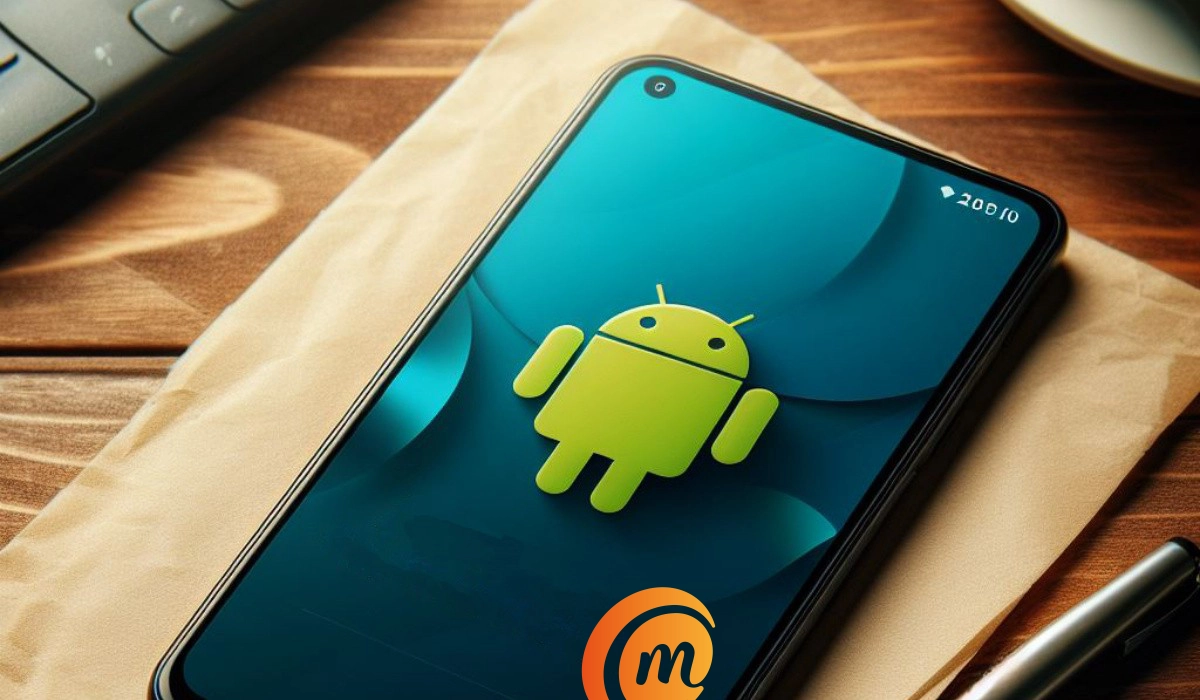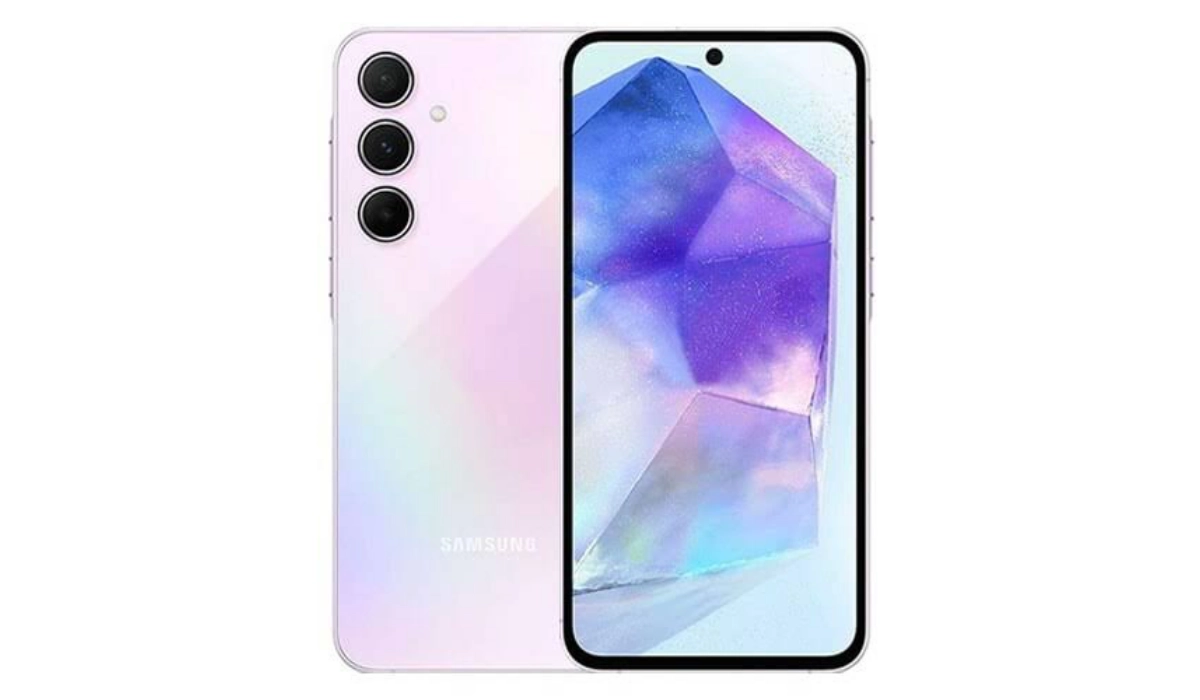The new Samsung Galaxy A55 has hit the stores and is now selling. One of the features generating a buzz around it is the ability to run seamless software updates. In a nutshell, a seamless software update allows users to continue using their devices while updates install in the background.
The term, “seamless update” is not a new one. The technology and the terminology have been around for years – more specifically, since 2016 when it was introduced in Android 7 Nougat. Unfortunately, it didn’t take off with a bang. Apart from Google, only a few other Android phone brands have included the feature in their devices since then till date.
Table of Contents
What is Seamless Software Update in Android devices?
A seamless software update, also known as an A/B update, is a process that allows a smartphone to download and install a system update in the background, using a secondary system partition. This is why it is also called an A/B update, where the A and B refer to the primary and secondary partitions, respectively.
After downloading the update, an Android phone or tablet that supports seamless software update will begin to install the downloaded software in the B partition, so that you are able to keep using your phone without interruptions while the update is being installed. Once the installation is completed, all you have to do is reboot your phone, and voila! All done.

How Seamless Software Updates Work
Let me break it down in an itemised format for you.
- A phone that supports seamless software updates is built with two system partitions: A (active) and B (inactive). The A partition is what you use on a day to day basis. The B partition does nothing until there is a software update available for your phone.
- When you download a software update, it installs on the inactive B partition, while you’re still using the A partition. You r phone functions normally because the update is being installed in partition B.
- After the update is installed on partition B, you are prompted to restart your phone.
- Upon rebooting, the phone switches to the updated B partition, now becoming the active one, while the A partition becomes the inactive backup.
Easy-peasy. I am sure you understand it now.
Benefits of seamless updates
The benefits of seamless software updates include:
- Reduced Interruptions and Downtime: Updates occur in the background, allowing you to continue using your Android device during installation without interruption.
- No User Intervention Needed: The update process does not require user intervention once initiated. This is super convenient for non-techie people who get stumped easily with regular update processes.
- Quick Reboot: After an update, rebooting the device takes no longer than a regular reboot.
- Fail-safe: If an update fails to apply or if the device fails to boot after an update, the system will revert to the working version of the operating system, eliminating the chance of phone corruption. In other words, your phone always has a backup to fall back to, hence reducing the chance of an update messing your phone up permanently. You can always reboot to the old installation.
- Efficiency: The cache partition is no longer used to store OTA update packages, which means there’s no need to ensure it’s large enough for future updates.
Basically, seamless software updates (or A/B updates, as they are also called) not only provide a smoother user experience during installation, it also enhances the safety of updates, as it keeps a functional version of the system available in case something goes wrong during the update process, so you can switch back if necessary.
Cons of seamless updates
While seamless software updates offer many advantages, there are some potential drawbacks to consider:
- Complexity in Implementation: The A/B partition system requires more complex engineering and can be more challenging for device manufacturers to implement.
- Increased Storage Requirement: Seamless updates require additional storage space because the device needs two system partitions instead of one. Ideally, a device specified as having 128GB storage will have two separate partitions of 128GB storage each. This may result in higher costs.
List of Android phones that support seamless updates
The list of Android devices that support seamless software updates includes the following:
- ASUS ROG Phone
- Essential Phone
- HTC U11 Life Android One
- HTC U12+
- Google Pixel series (Pixel, Pixel XL, Pixel 2, Pixel 2 XL, Pixel 3, Pixel 3 XL, Pixel 4, Pixel 4 XL, Pixel 4a 5G, Pixel 5, Pixel 5a 5G, Pixel 6, Pixel 6 Pro, Pixel 6a, Pixel 7 Pro, Pixel 7, Pixel 7a, Pixel 8 Pro, Pixel 8, and later models)
- LG G7 ThinQ
- LG V35 ThinQ
- LG V40 ThinQ
- Motorola Moto G6, G6 Play, G6 Plus
- Motorola Moto X4
- Motorola Moto Z2 Force
- Nokia 6 (2018)
- Nokia 7
- Nokia 7 Plus
- Nokia 8
- Nokia 8 Sirocco
- OnePlus 6
- OnePlus 6T
- Razer Phone
- Razer Phone 2
- Sharp Aquos S2
- Sony Xperia XZ2
- Sony Xperia XZ2 Compact
- Samsung Galaxy A55 5G
This is not an exhaustive list. As you can see from the above list, Google Pixels have been the champions of seamless updates in Android for several years now. A few other manufacturers like Motorola, Nokia, OnePlus, Sony, and Asus, have experimented with it a bit. And now, finally, Samsung is on board, too.

Samsung Galaxy A55 is the first Samsung smartphone to support seamless updates. It isn’t likely to be the last, especially if the experiment goes well. In which case, Samsung lovers can expect to see more Samsung phones that support seamless updates in the near future.
In the United States and Canada, especially, the Android phones that support seamless software updates in 2024 come from majorly from Google. Nokia has drifted away, as has OnePlus and Motorola. It is unfortunate that the Galaxy A55 will not be officially available in the USA, meaning that Samsung is not in the North American picture for seamless updates.
I wonder what it is exactly that is making phone brands shy away from implementing the feature, seeing as it has more advantages than disadvantages, at least on paper. For a feature that has been around for no less than eight years, there are too few Android devices currently supporting it. Perhaps with Samsung now testing the waters, we will see greater adoption and momentum.